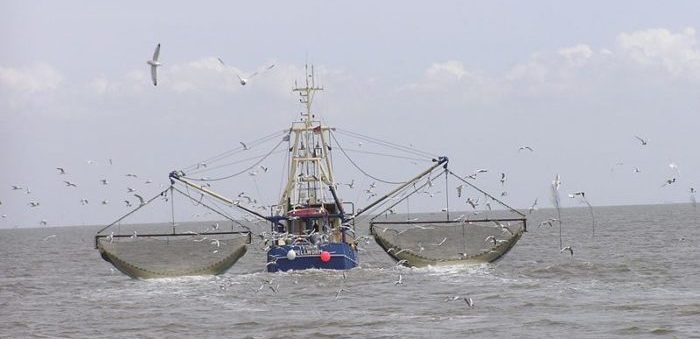Catching most types of fish produces far less carbon per kilo of protein than land-based alternatives, such as beef or lamb, according to a new study by the Institute for Marine and Antarctic Studies (IMAS) and Canadian scientists. The study provides the first global breakdown of wild fishery emissions by country, and compares the carbon impact of each nation’s fishing industry with agriculture and livestock production.
On average, global fisheries have a low-carbon footprint similar to that of poultry. The research, issued in the journal Nature Climate Change, found that fisheries for small pelagic species, such as anchovies and sardines, emit a fraction of the carbon generated by red meat production.
Highlights Lead author Dr. Robert Parker, formerly from IMAS and now at the University of British Colombia in Vancouver, said producing, distributing and consuming food accounts for a quarter of the world’s greenhouse gas emissions, most of which is from animal production. Animal protein is an important source of nutrition but it is also one of the world’s largest contributors to global climate change, responsible for roughly half of all food production-related emissions. But limited data has meant that official estimates have previously either overlooked the fishing industry’s carbon emissions or made generalisations based on small samples. By filling that information gap our study will inform food and climate policy and shed light on the role that fisheries play in the environmental cost of food production. IMAS co-author Professor Caleb Gardner added that Australia’s fishing industry catches comparatively low volumes and contributes just 0.5% of overall global emissions from fishing. However, Australian fishers target proportionately more high-value crustaceans such rock lobsters and prawns, which are among the world’s most carbon-intensive fisheries on a per kilo basis. As a result, on average the Australian fishing industry emits 5.2 kilos of carbon for each kilo of fish caught. In contrast, in the US, each kilo of fish landed cost 1.6 kilos of carbon, while in South America, just one kilo of carbon is emitted for each kilo of fish, due to high volumes of anchovies trawled off Peru, he further explained. Globally, carbon emissions from marine fisheries are comparatively low compared with the environmental cost of red meat such as beef and lamb, which is estimated to range from 50 kilos to as much as 750 kilos of carbon per kilo of meat. As such, the carbon cost food needs would decrease if people consumed less red meat and more low-carbon alternatives such as fish, especially underutilised small pelagic species such as mackerel and sardines, which currently have low demand and are often used for animal feed instead of human consumption, he concluded. Further details may be found here.






























































